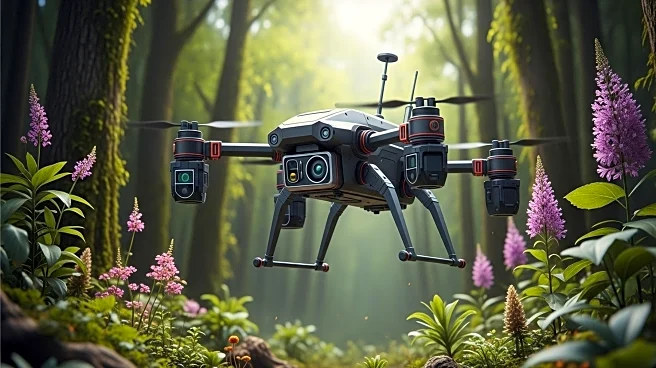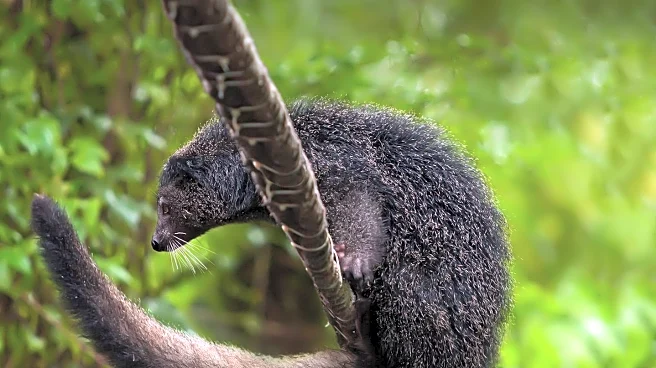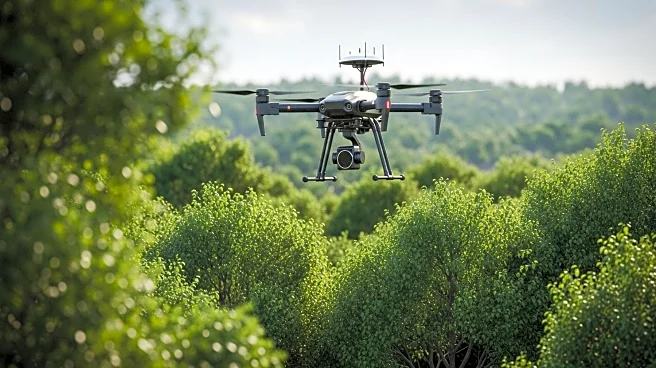What is the story about?
What's Happening?
A suite of advanced technologies, including eDNA, high-throughput sequencing, autonomous robotics, and AI, is transforming the field of taxonomy by accelerating species identification and biodiversity monitoring. Researchers are using drones and AI to collect and analyze genetic material from various environments, revealing numerous species, including those previously unrecorded by science. These technologies enable scientists to catalog Earth's species at an unprecedented pace, addressing the vast number of unnamed and unstudied organisms, known as dark taxa.
Why It's Important?
The integration of AI and robotics in taxonomy is crucial for understanding and preserving biodiversity, especially as many species face threats from climate change and habitat loss. By rapidly identifying and cataloging species, these technologies provide valuable data for conservation efforts and ecological research. The ability to monitor biodiversity at a fine resolution helps scientists track changes in ecosystems and develop strategies to protect endangered species. This technological advancement may lead to more informed environmental policies and conservation practices.
Beyond the Headlines
While these technologies offer significant benefits, they also highlight challenges in taxonomy, such as the need for comprehensive training data and the reliance on human expertise for final species identification. The underrepresentation of certain taxa in databases and the limited number of taxonomists underscore the importance of continued investment in biodiversity research and education. The ethical implications of using AI in ecological studies, including data privacy and the potential impact on local communities, warrant careful consideration.
AI Generated Content
Do you find this article useful?













